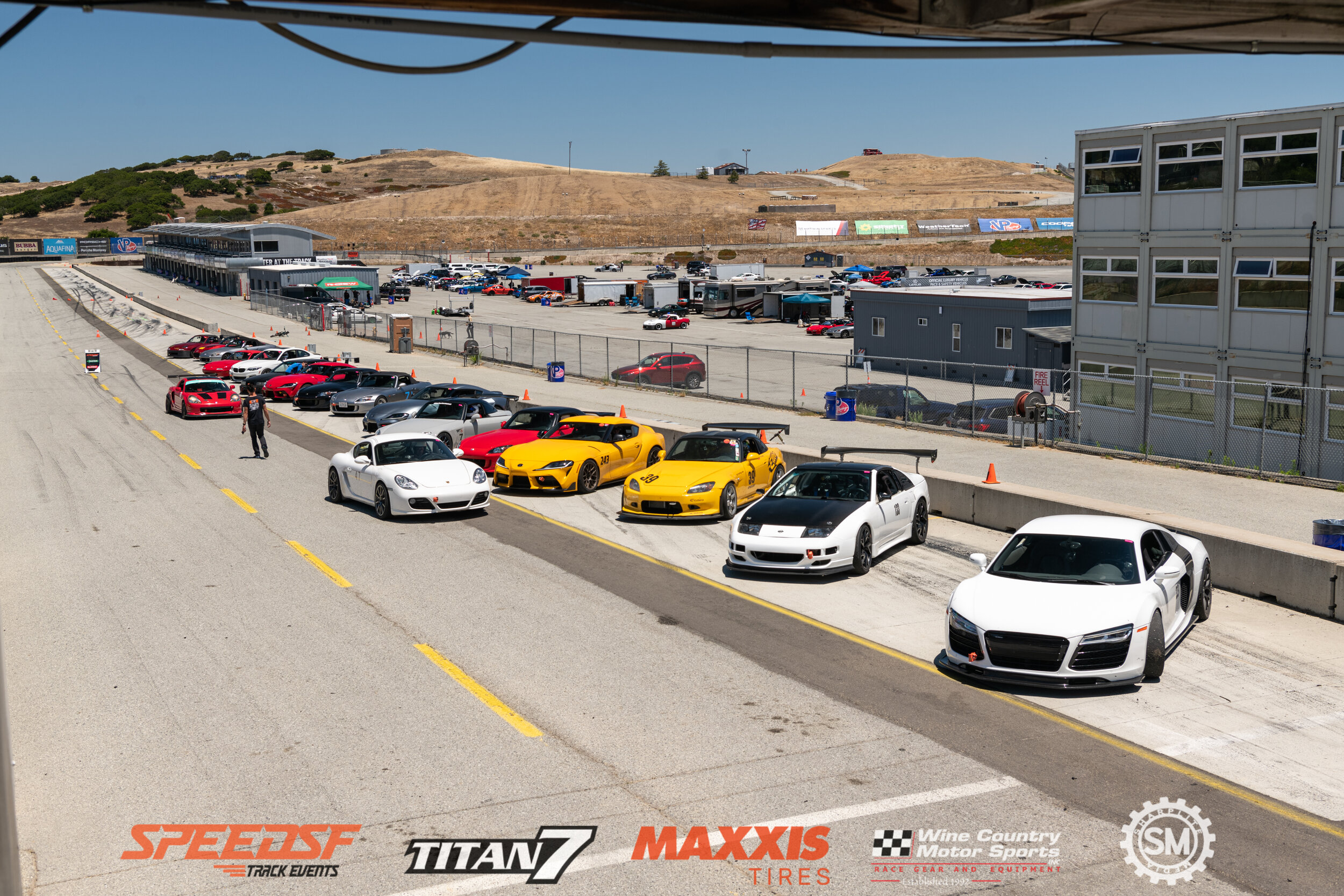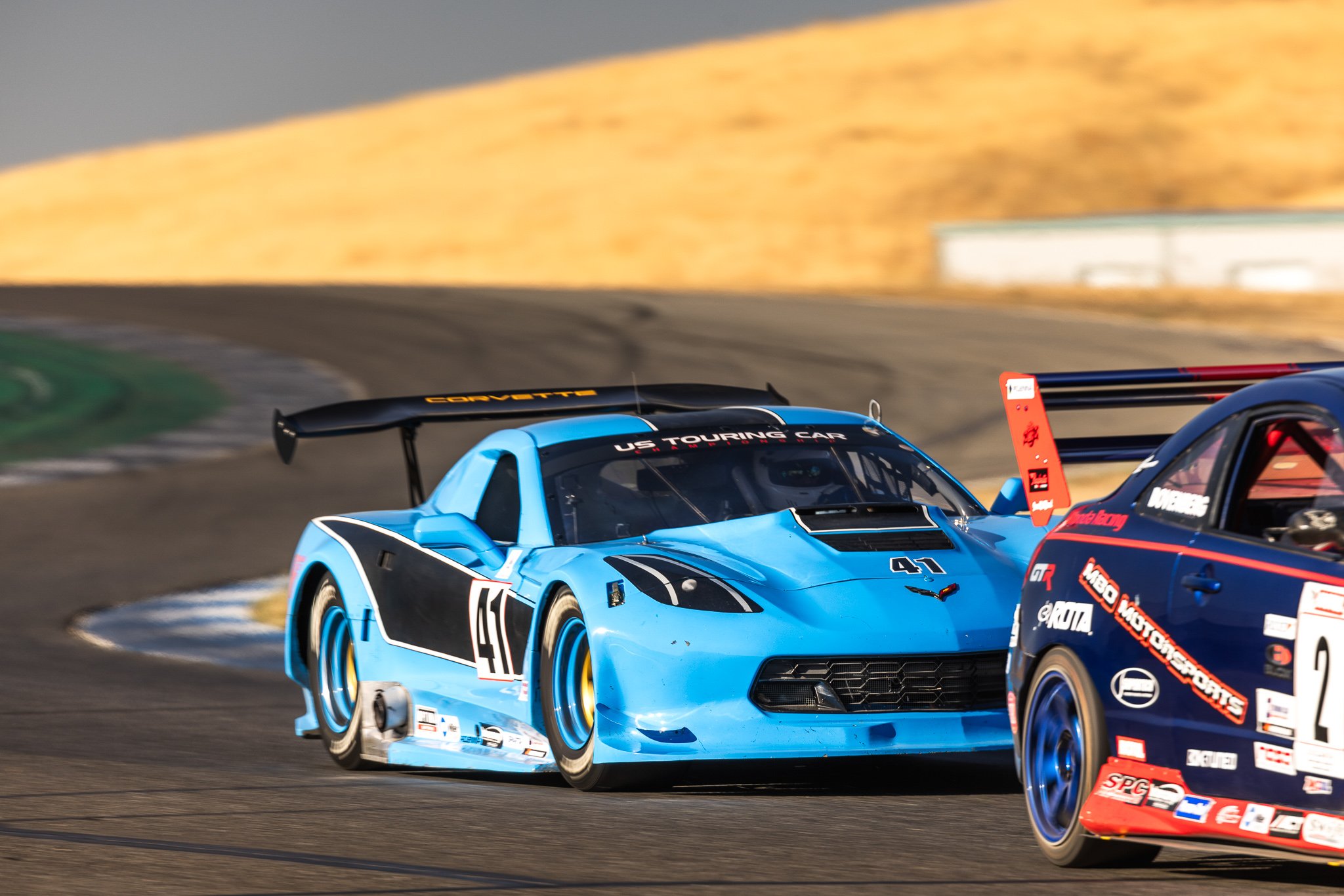
SpeedSF Blog
Every Build Has a Story – Meet the Cars of SpeedSF
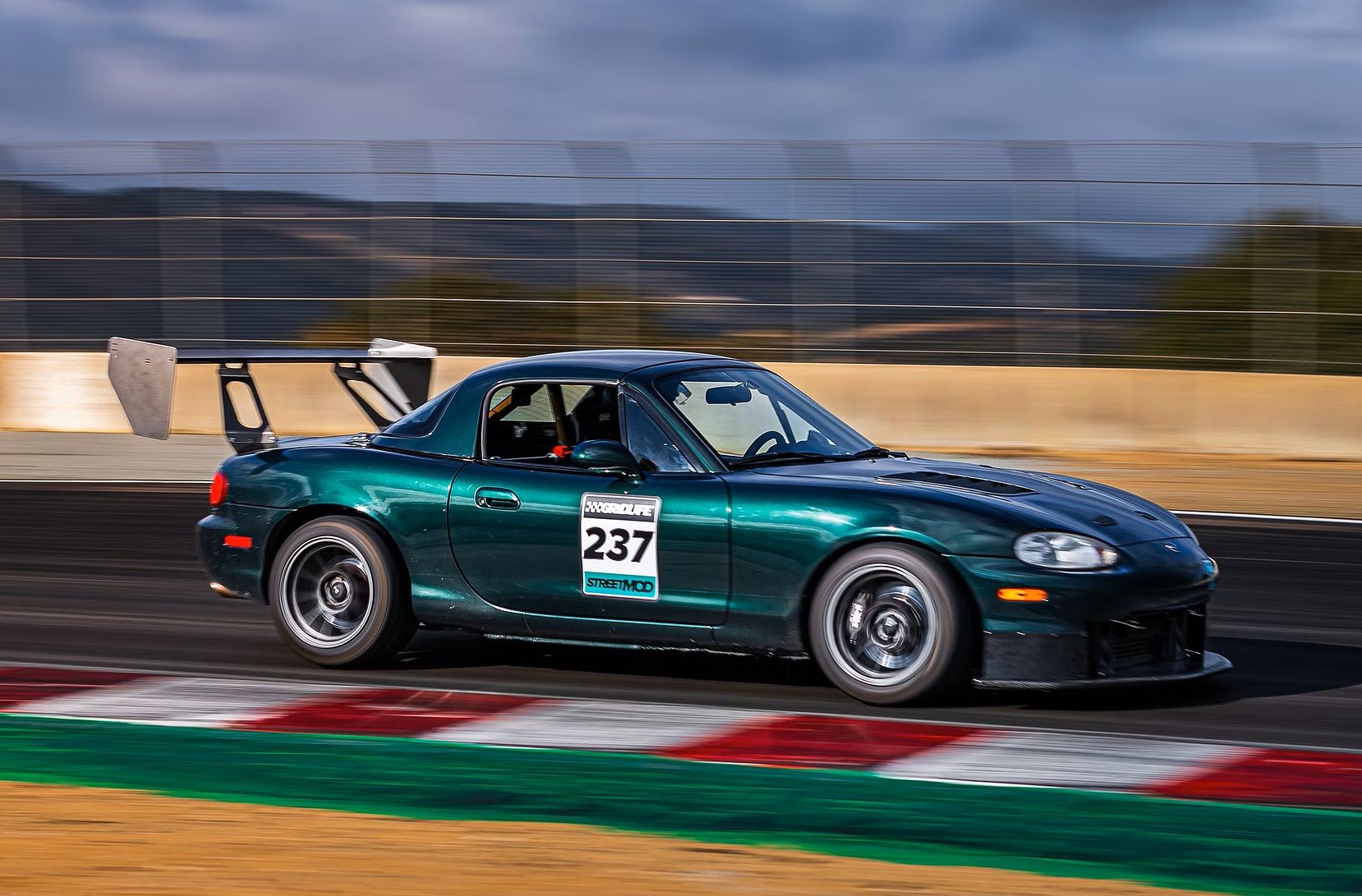
Chris’ DCT-Swapped Miata: Grasping the Big Picture
By sourcing the right parts from retired race cars, using all his industry know-how, and taking the leap to install a BMW DCT in his NB, Chris Watson’s found an inspiring recipe for a reliable track-tuned Miata that can lap Laguna in 1:33.
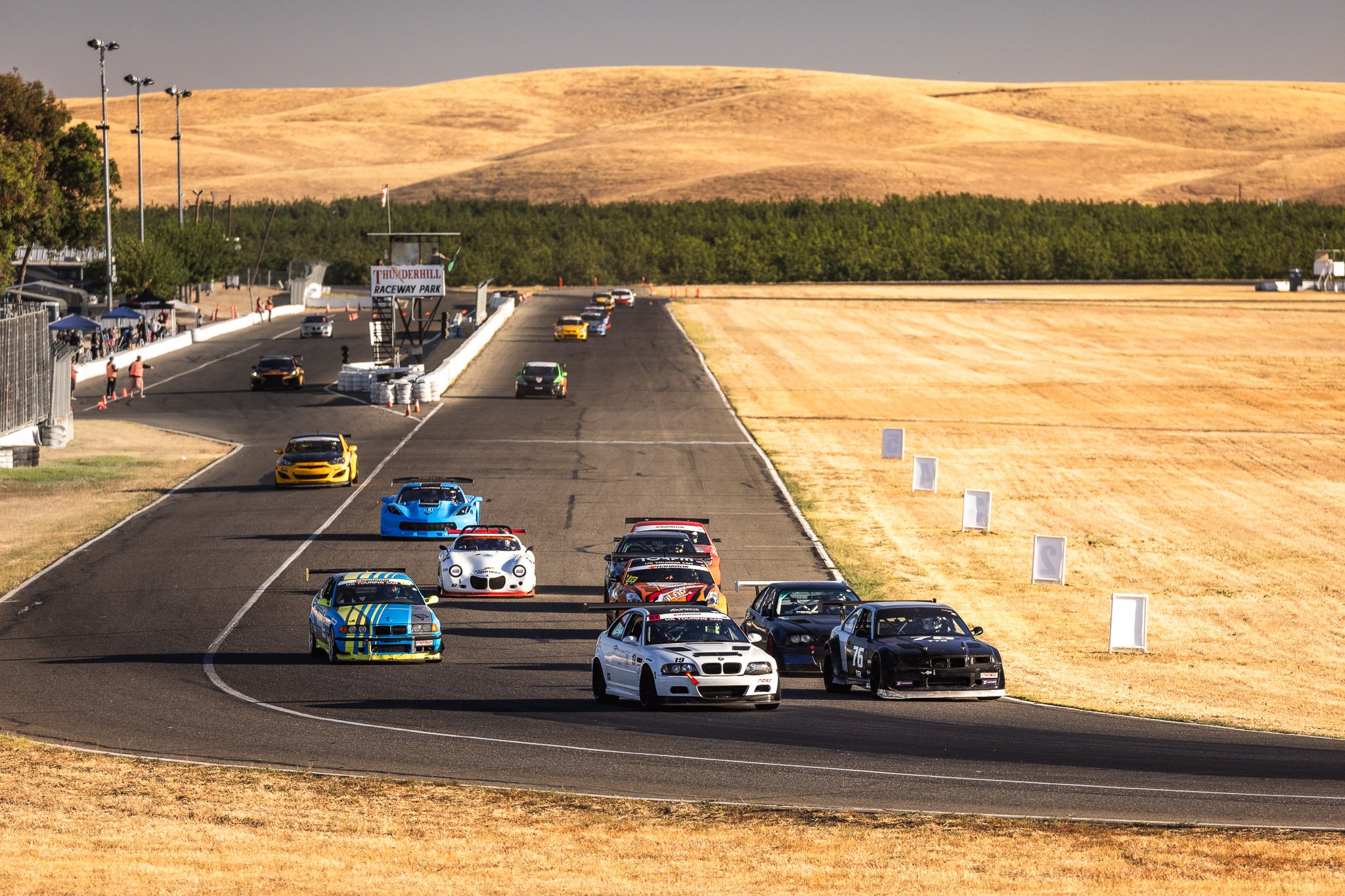
Speed SF’s First Enduro Goes Off Without a Hitch
We've had our own enduro in the works for a while now, and it turns out our planning paid off. This month, we successfully completed our first 2.5-hour race and established a new race format for those looking to make the leap into wheel-to-wheel.

CSG Brake Pads: Details Make the Difference
Thanks to a detailed feedback loop between CounterSpace Garage and their wide array of active customers, they've been able to provide a usable, confidence-inspiring brake pad for every popular HPDE platform today.
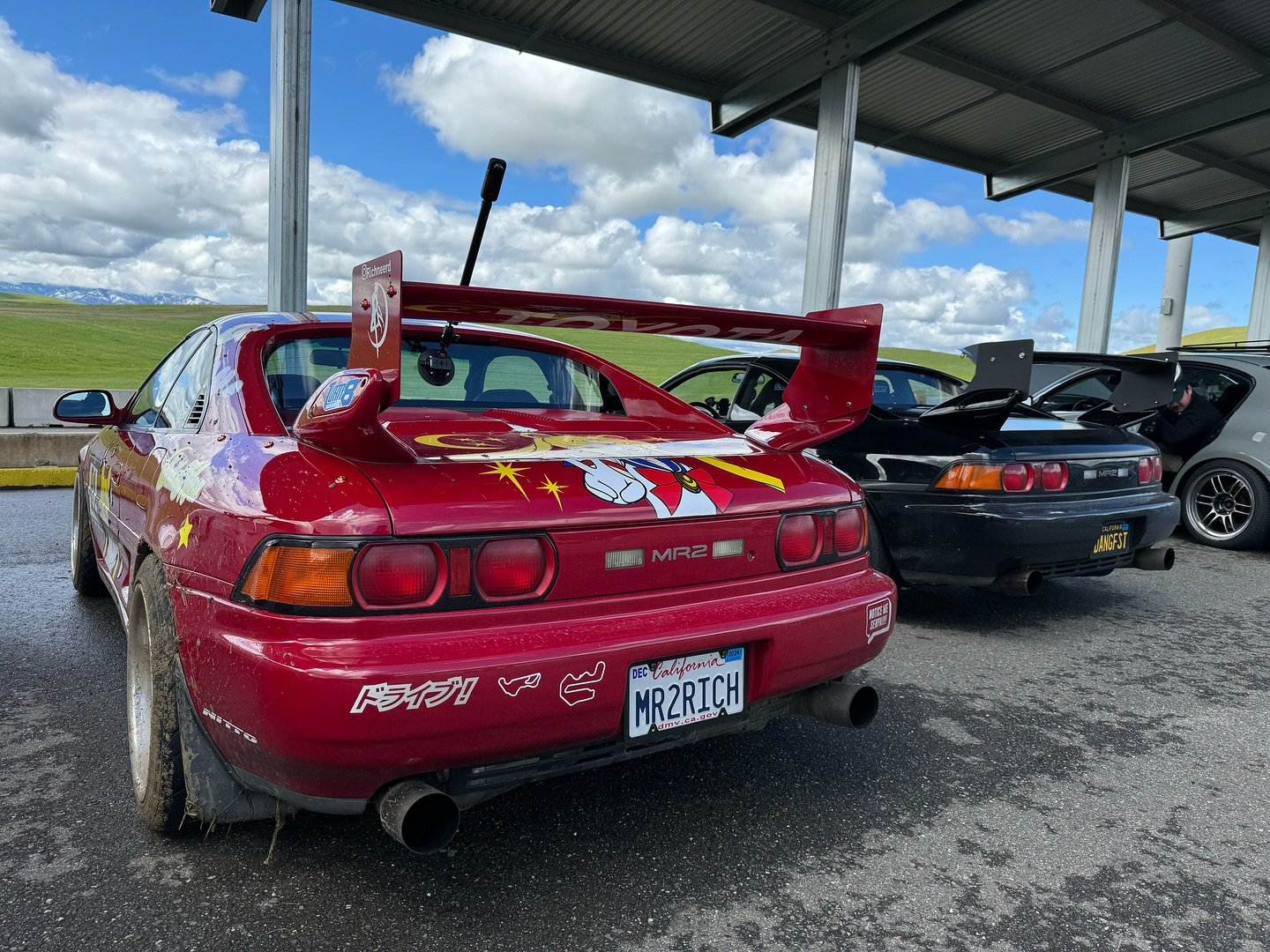
Richard’s MR2 Turbo: Not Too Pretty To Pirouette
Although Richard already had an E92 M3, he decided to spruce up his mid-ship sports car and spin his way into driving competence.

Joe’s AP1 S2000: Continuing Education
A couple years before forty, Joe Drane decided to finally give track days a try. Like with everything he’s pursued, he dove in with two feet and built a stunning S2000 in record time.

Aidan’s GT3: Vision Realized
Driven to realize a very specific dream built on years of tuning high-revving Hondas, Aidan decided that this 991.2 GT3 would have the subtle cosmetic touches to wow crowds and the high-end racing modifications to set seriously impressive lap times.
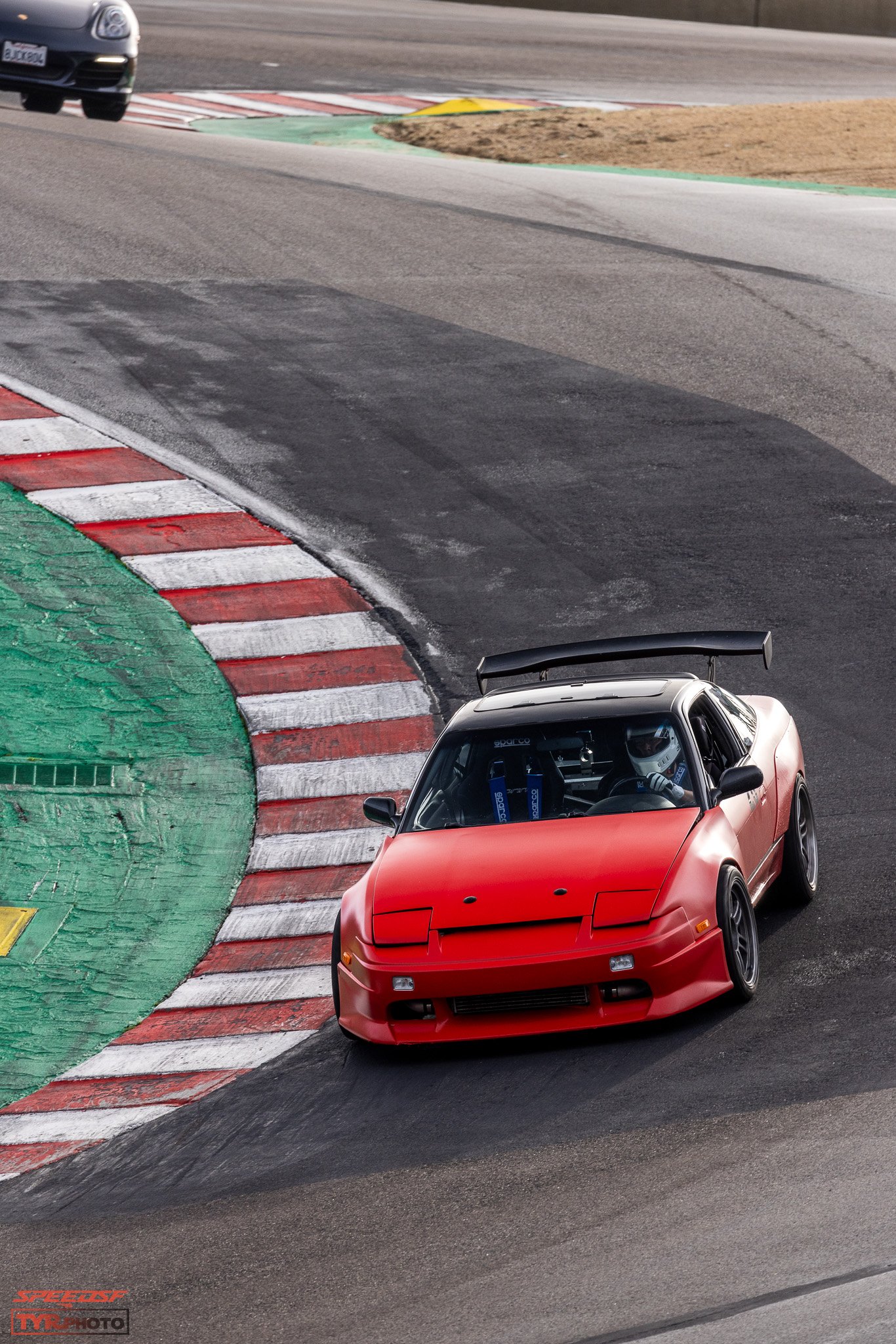
Ken's 240SX: Twenty Years in the Making
Twenty years after picking it up, Ken brought a revitalized version of his old track car back to Laguna. It’d sat for a decade as Ken raised a family, but late those nights after the kids went to bed, he studied whatever he could and amassed a collection of track parts. When he finally got a chance to give it another lease on life, he didn’t cut any corners.
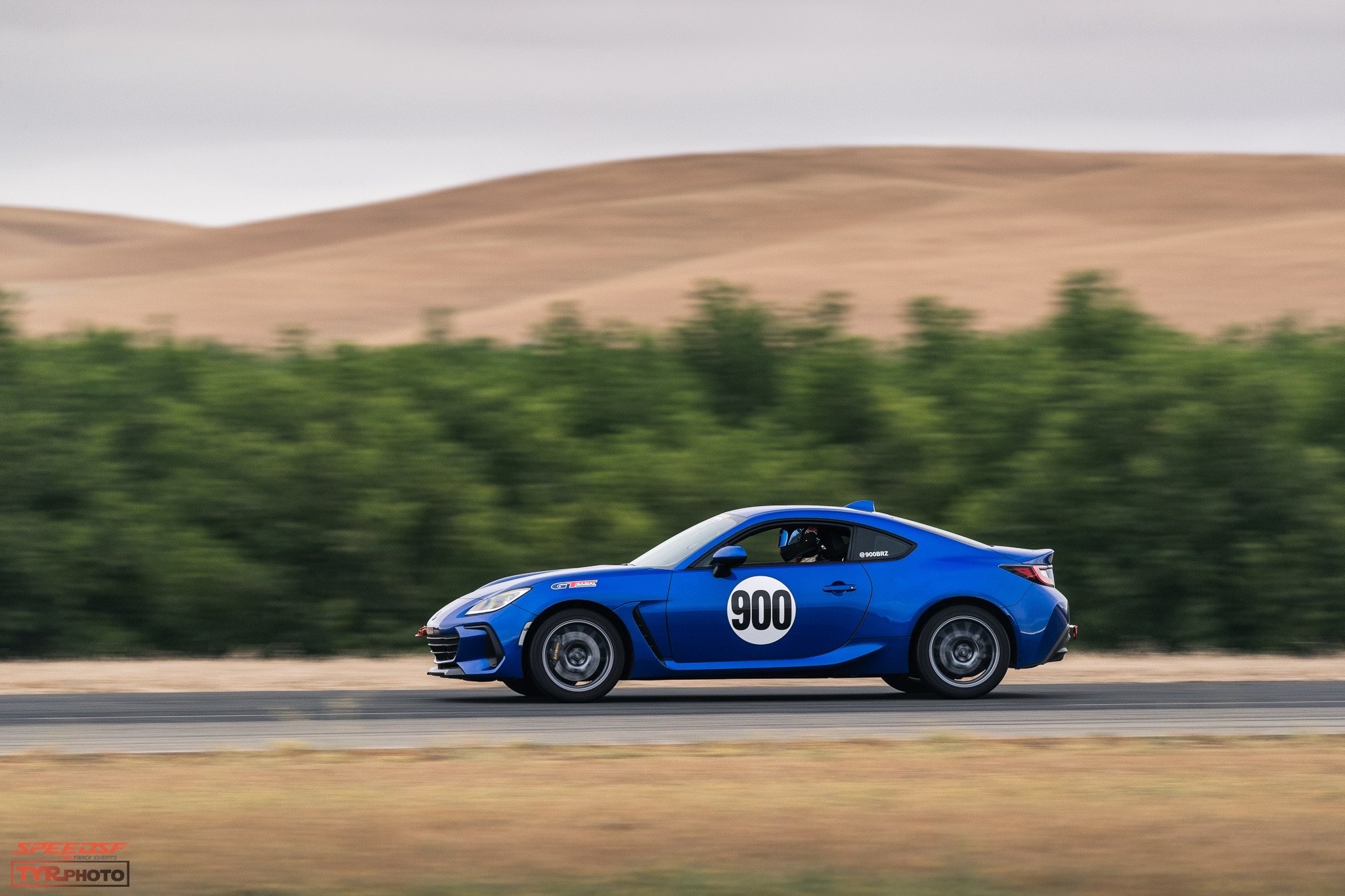
Brian's BRZ: Painful Lessons in Lubrication
Few BRZ owners have been as methodical when it comes to monitoring their engine's oil pressure as Brian Armstrong, who hopes to develop new components to make this popular new platform more dependable.

Thomas' Corvette: In Good Company
In only two years, Thomas has learned more than most will grasp in a decade of track days. Having a solid, dependable C5 has helped him put in his time, and having Elite Performance as a resource has made fine-tuning the car so much simpler.
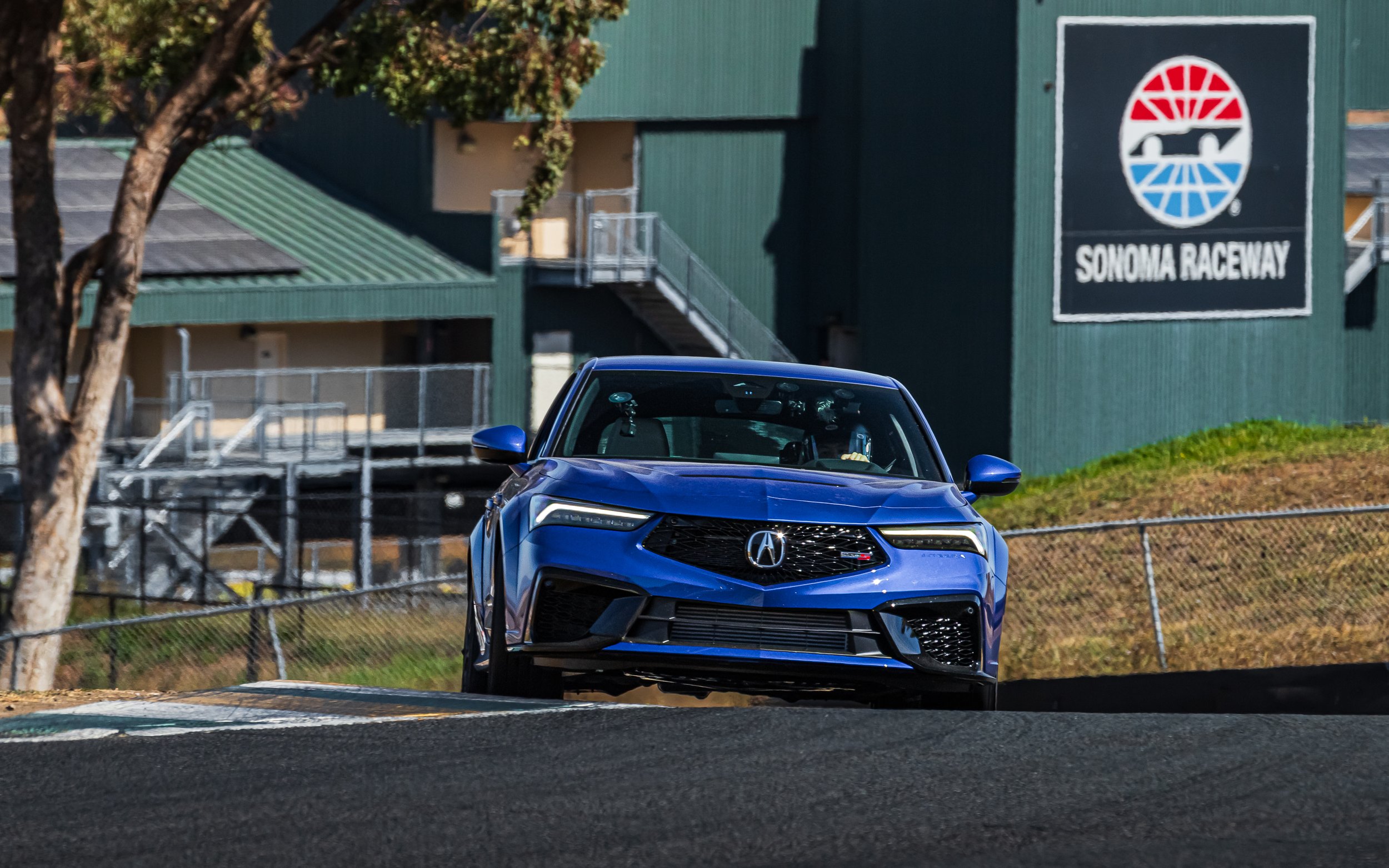
Fenton's Integra Type S: A Change of Heart
While he was on the fence for a while with Acura’s bigger, boatier Integra, the Type S had enough of the right stuff to convince him to try this front-wheel drive super sedan.

Blake's M4: Friendly Firepower
While the F82 still lacks the tuning support some of its predecessors enjoy, the long-wheelbase platform has served Blake Titus as he’s learned the basics of track driving. A satisfying platform that’s “always on the verge of killing you,” as he puts it.

Legend's Supra: Big Brain Move
Legend wisely picked a platform he could grow into. Rather than dump big dough on mods, he did the bare minimum with setup and spent his time in the seat, not underneath the car.
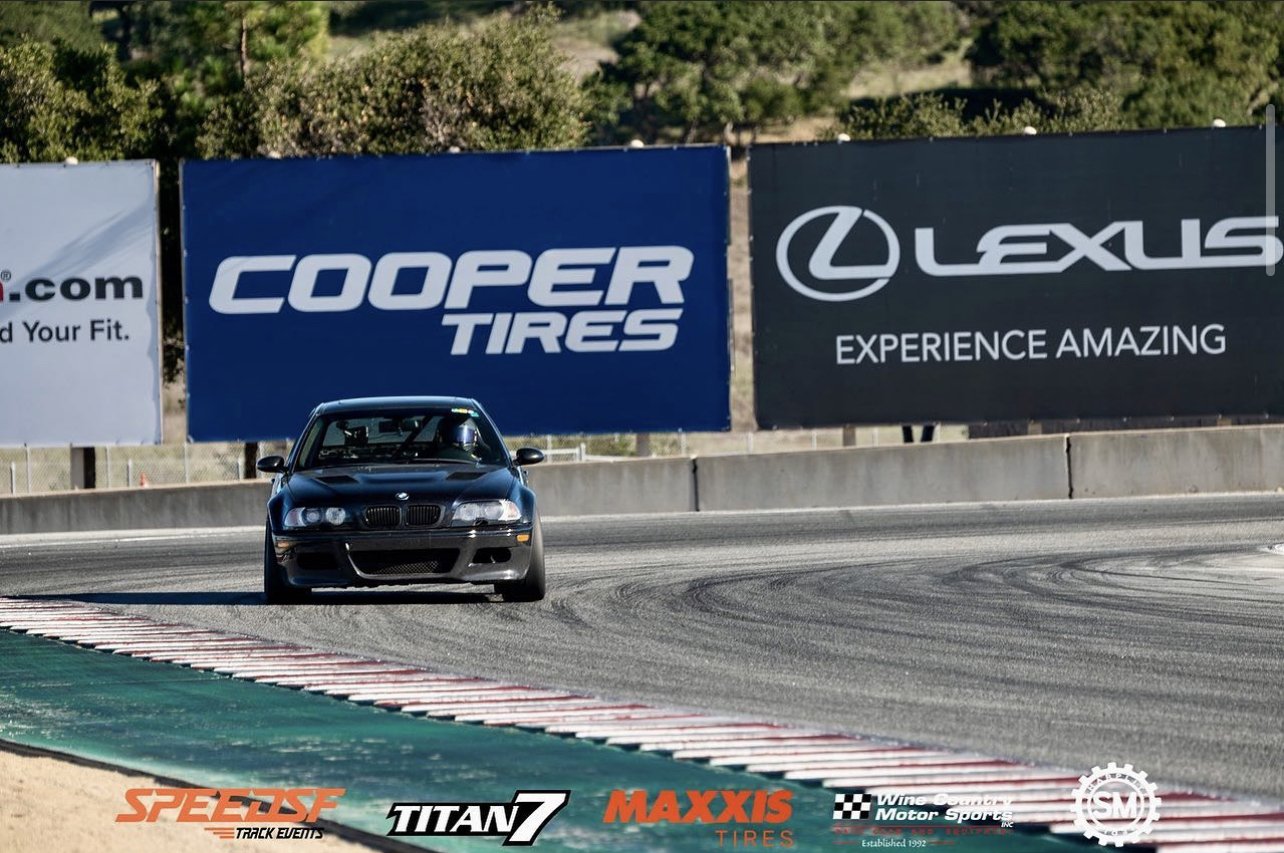
Edson's E46: Quarter-Million and Counting
It may have 250+ on the clock, but this rough M3 has been Edson’s trusty track toy for the last year and a half, and he doesn’t plan on changing anything soon—it’s too fun and dependable to need anything.
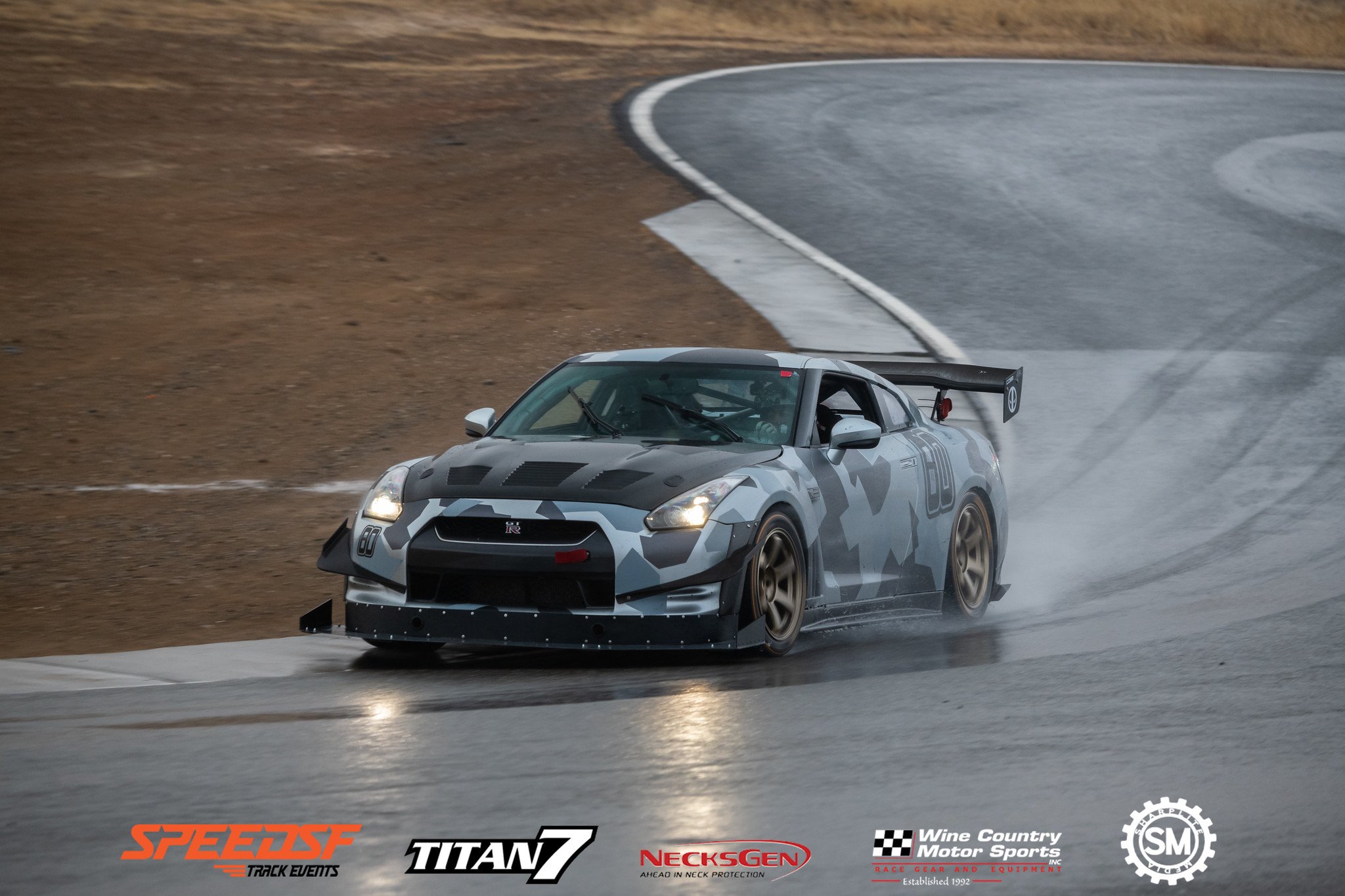
Lief Storer's GT-R: Big Dreams, Bigger Numbers
While Lief started out this ambitious build with a slightly different destination in mind, he ended up doing what so many GT-R tuners do: chase big numbers. In his case, however, he wasn’t after four-digit power figures; weight and lap times were the numbers he was preoccupied with.
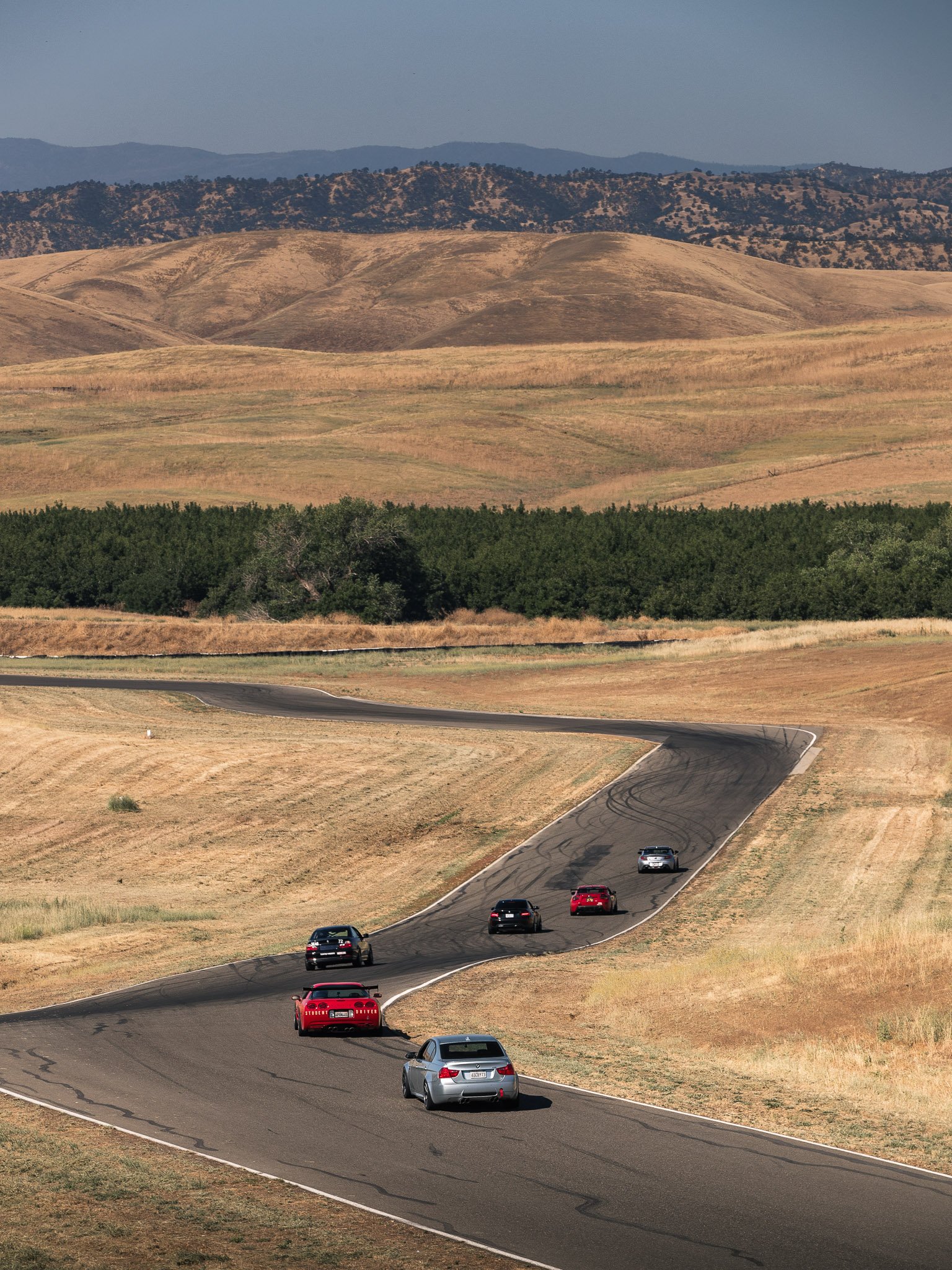
Thunderhill Logistics: Where to Stay, Where to Eat, How to Beat the Heat
With plenty of options for food and lodging, reasonable track fees, and plenty of ways to beat the summer heat, a successful trip to Thunderhill only requires a quick review of the information listed here.

A Simple Guide to Driving in the Rain
It might intimidate some, but driving in the wet/low-grip conditions is one of the best ways to improve as a driver. Here are some simple tips to remember next time the heavens open on your track day.
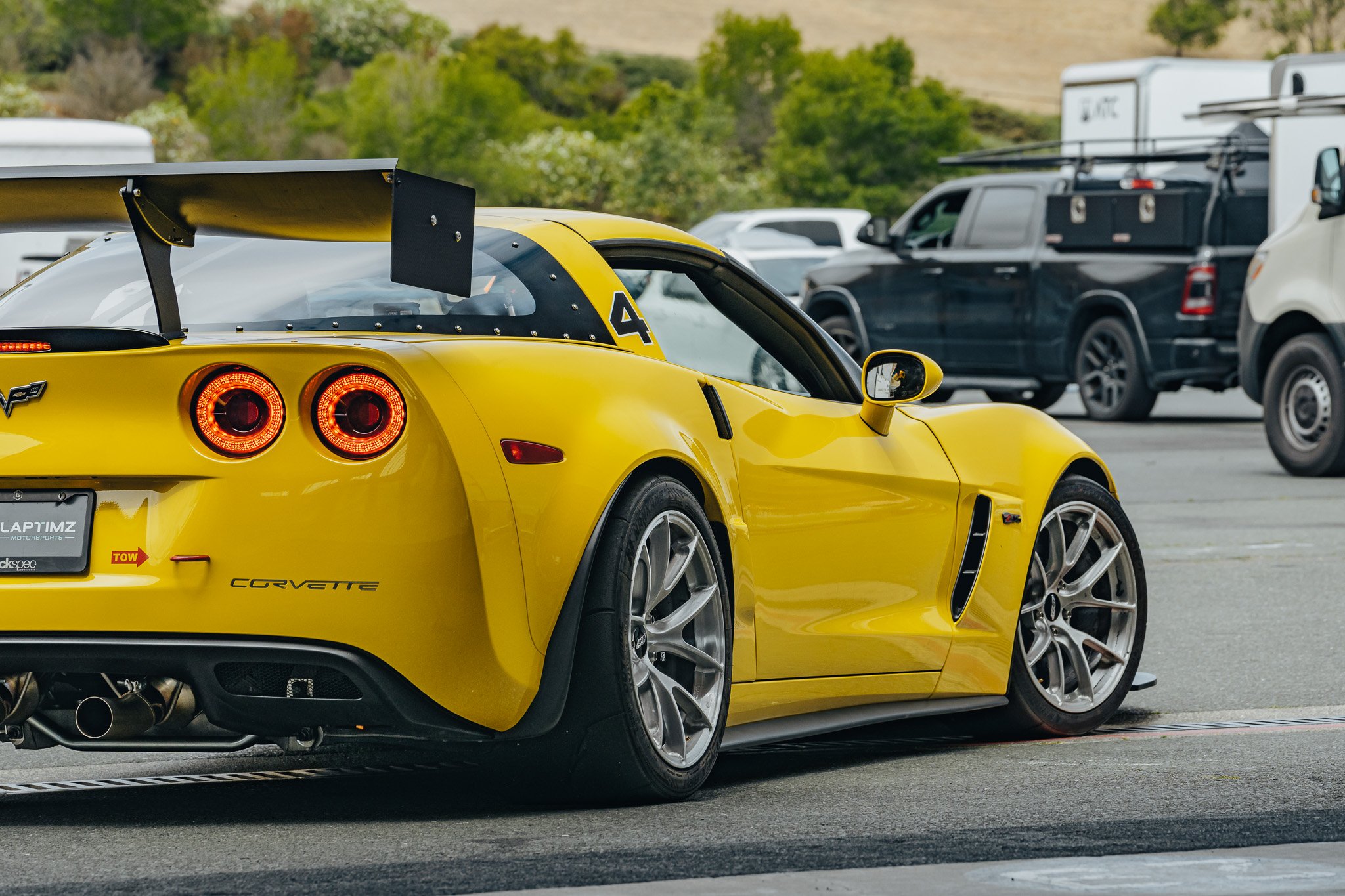
Matt Paige's C6 Z06: The Track Rat’s Idea of a Hybrid
Rather than chase big power, Matt Paige made the necessary adjustments to this cost-no-object Corvette track car to make it reliable, approachable, and sexy.
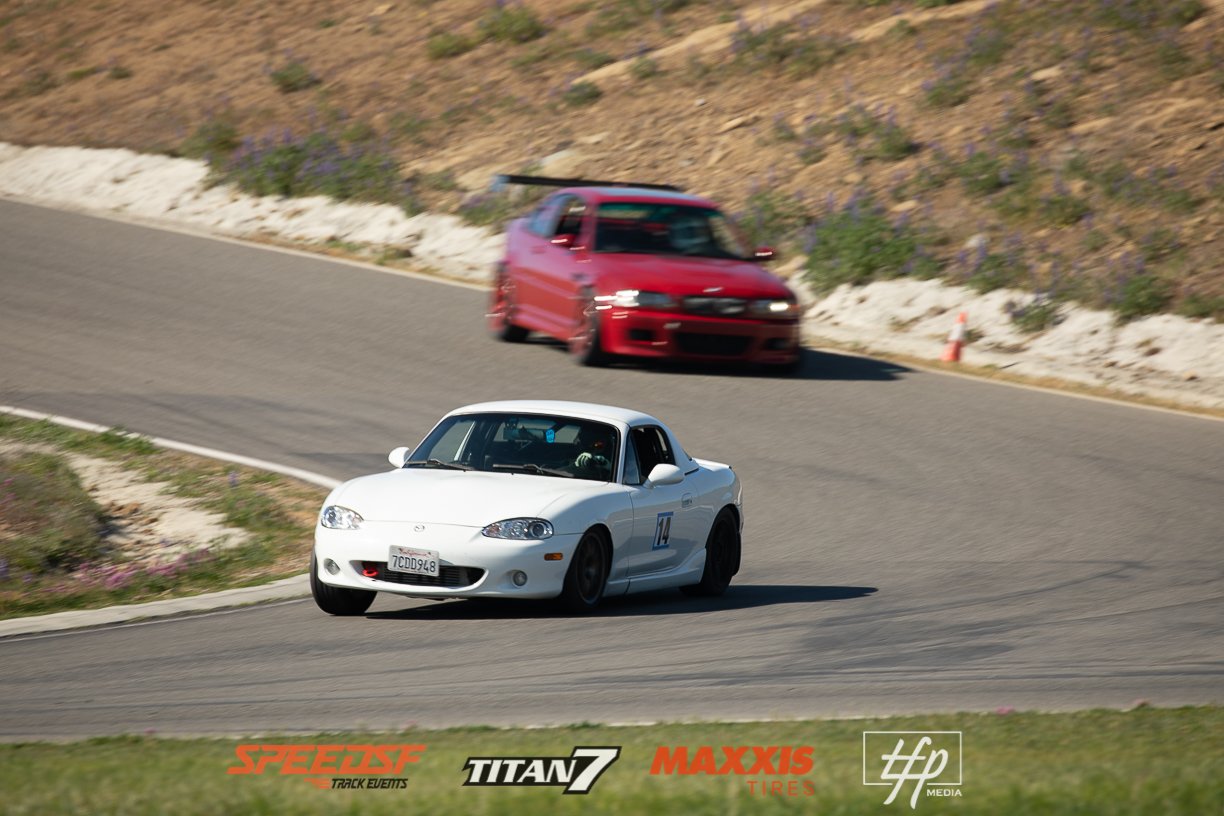
Sam's Semi-OE Turbo Miata: Taking Advantage of Pre-COVID Pricing
After growing tired of his tuned Abarth, Sam scoped out a lighter, rawer, and more involving car. However, he’d grown accustomed to turbo power, so whatever he ended up buying couldn’t be anemic. Fortunately, his friend was looking to sell an NB with the whole Mazdaspeed powertrain already swapped.
